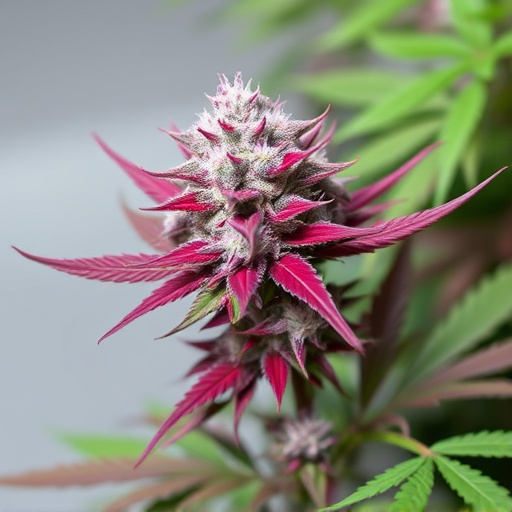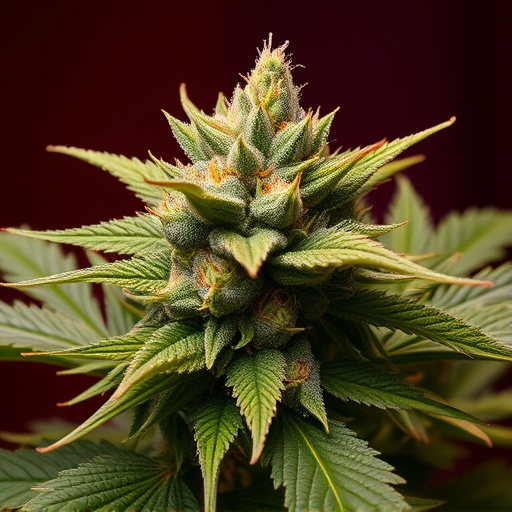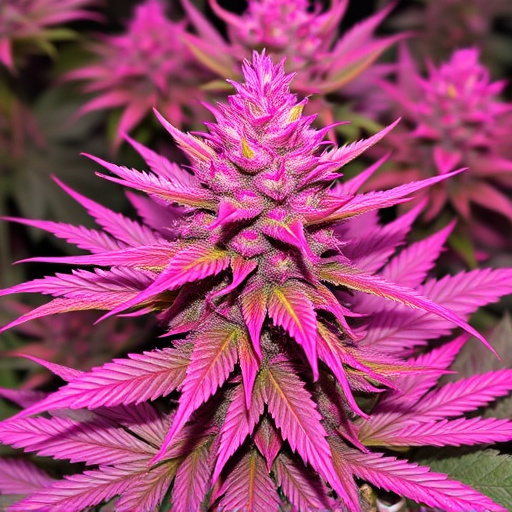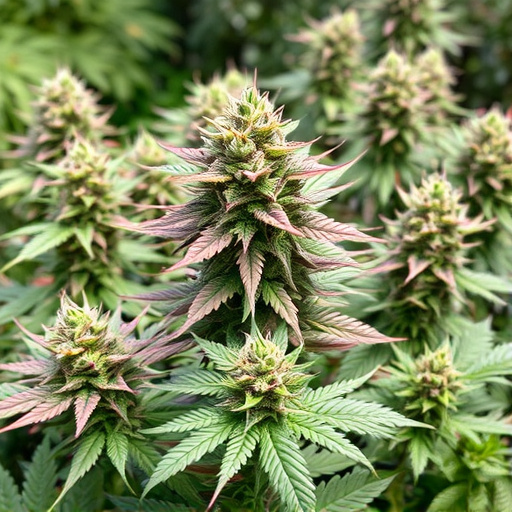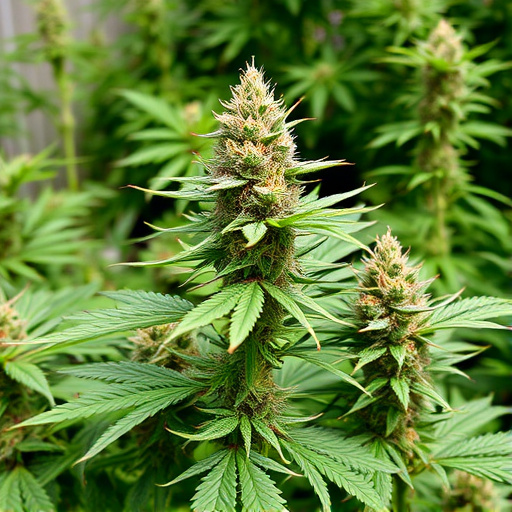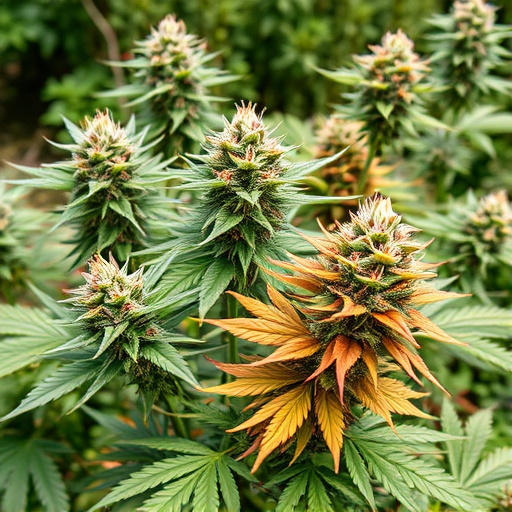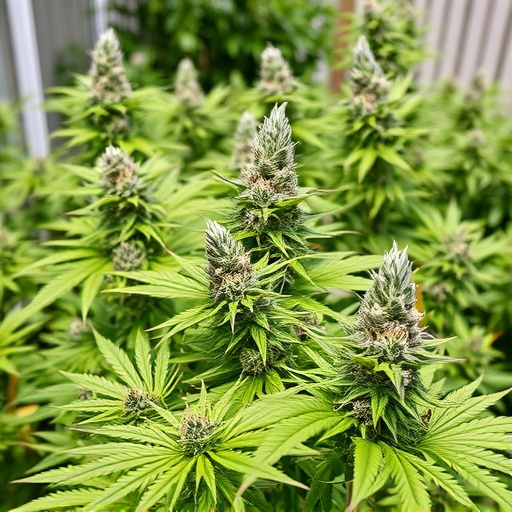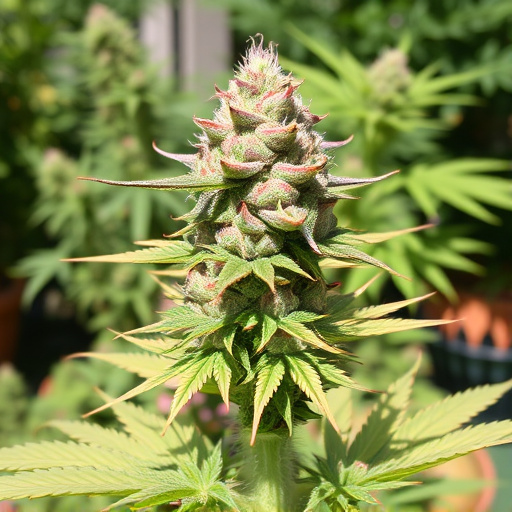Drug testing for cannabis has evolved with advanced methods like urinalysis, hair follicle analysis, and blood tests, offering varying sensitivities and assessment windows. Outdoor cannabis strains, naturally grown with diverse chemical profiles, can lead to prolonged detectability due to higher THC concentrations and varying metabolisms. False positives are a concern, driven by widespread outdoor strain use; strategies to mitigate these include understanding test methods, adopting clean lifestyles, drug-free periods, and educating consumers about the impact of outdoor strains on testing.
Weed, or cannabis, is a ubiquitous substance with growing legalization. Yet, its presence can lead to false positives on drug tests, causing unexpected consequences. This article delves into how weed shows up in drug tests, focusing on understanding testing methods, the impact of outdoor cannabis strains, and effective strategies to manage false positives. By exploring these aspects, we provide insights into navigating cannabis use and its implications.
- Understanding Drug Testing Methods and Their Sensitivity to Cannabis
- Outdoor Cannabis Strains and Their Potential Impact on Test Results
- Strategies for Managing False Positives in Drug Tests for Cannabis Use
Understanding Drug Testing Methods and Their Sensitivity to Cannabis
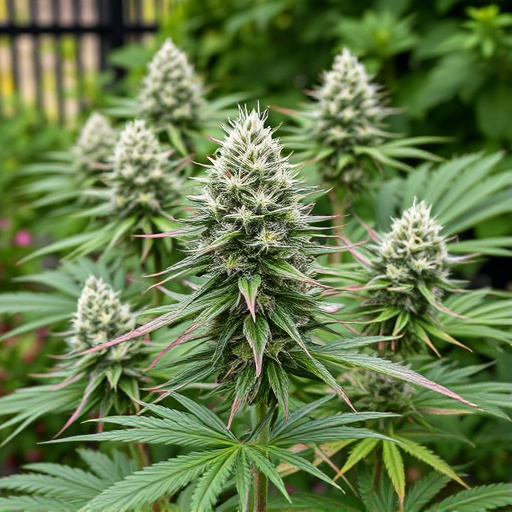
Drug testing methods have evolved significantly over the years, employing various techniques to detect substances in an individual’s system. One common area of interest is the detection of cannabis, or weed, especially given its increasing legalisation and acceptance for both medical and recreational use. Traditional drug tests often rely on urinalysis, where a sample is collected and analyzed for the presence of cannabinoids, the primary active compounds in cannabis. However, the sensitivity and accuracy of these tests can vary, with some methods more effective at picking up traces of outdoor cannabis strains than others.
Advanced testing techniques include hair follicle analysis, which can detect cannabis use over an extended period, making it a more comprehensive method for long-term assessments. Additionally, blood tests are another option, offering a direct measurement of cannabinoid levels in the bloodstream. These methods are particularly useful for medical settings and workplace drug screening programs aiming to ensure safety and compliance with regulations. With the growing demand for accurate cannabis detection, ongoing research focuses on improving testing sensitivity to account for varying strains and consumption methods.
Outdoor Cannabis Strains and Their Potential Impact on Test Results
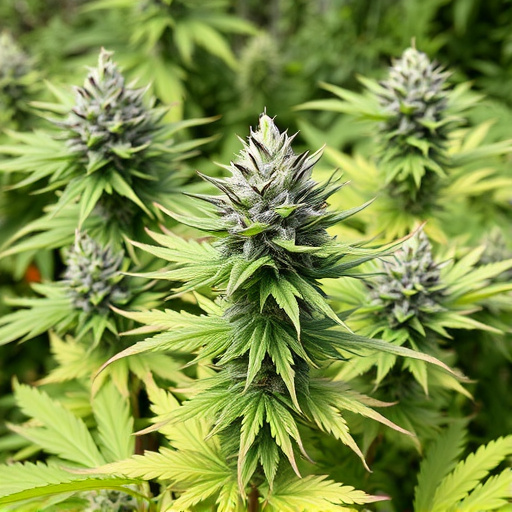
Outdoor cannabis strains, grown in natural environments, often exhibit unique chemical profiles compared to their indoor counterparts. These varieties are exposed to varying levels of sunlight, temperature, and soil conditions, leading to a diverse range of cannabinoids and terpenes. Some outdoor strains may have higher concentrations of THC (tetrahydrocannabinol), the primary compound responsible for most of cannabis’ psychoactive effects, which could significantly impact drug test results.
When individuals consume or smoke these outdoor strains, the metabolic processes in their bodies can break down different cannabinoids at varying rates. This metabolism plays a crucial role in determining how long THC remains detectable in urine or blood samples. Therefore, outdoor cannabis strains with higher THC levels might lead to longer-lasting positive drug test results, especially for individuals who frequently consume potent outdoor varieties.
Strategies for Managing False Positives in Drug Tests for Cannabis Use
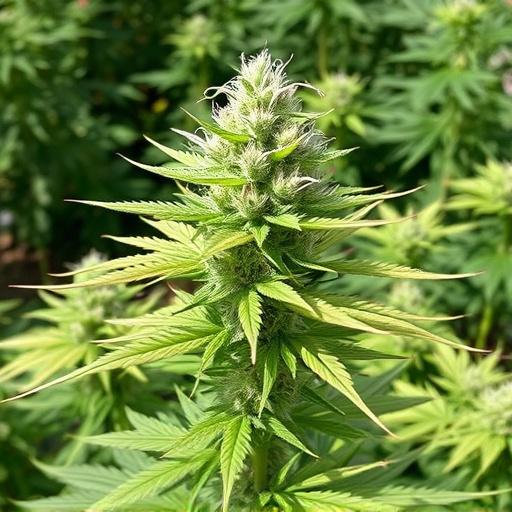
False positives on drug tests for cannabis use are a common concern, especially with the growing acceptance and availability of outdoor cannabis strains. Understanding how these results occur is crucial in managing potential errors. One strategy to mitigate false positives is to be aware of the testing methods. Some tests have varying sensitivities, and older or less advanced kits might not distinguish between THC from cannabis and similar compounds found in other substances. Regularly updating test protocols can enhance accuracy.
Additionally, maintaining a clean lifestyle can help. Individuals should be mindful of cross-contamination; for instance, using products contaminated with cannabis resin or even handling outdoor strains without proper precautions. Regular drug-free periods can also reduce the likelihood of false positives. Education and awareness about testing procedures and potential contaminants are key to managing these issues effectively.
Weed can show up in drug tests due to the presence of THC, the primary psychoactive compound in cannabis. Understanding the sensitivity of different drug testing methods and the potential impact of outdoor cannabis strains is crucial for managing false positives. By implementing strategies such as proper preparation before testing and utilizing validated testing methods, individuals can navigate these challenges effectively. Recognizing the varied sensitivities of tests to cannabis compounds, especially those derived from outdoor strains known for higher THC levels, empowers users to take proactive steps to ensure accurate results.




